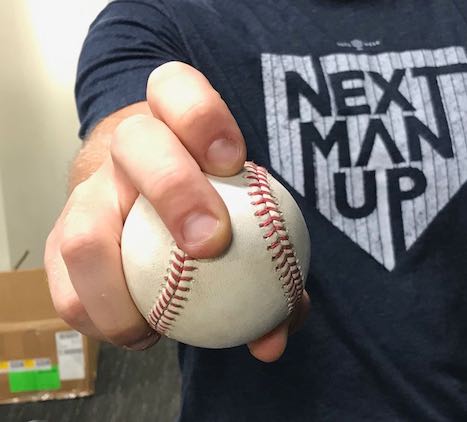I Got It! I Got It! I…: When Infield Flies Go Bad
While a strikeout is always nice, a pop up is typically also a great outcome for a pitcher. In fact, FanGraphs treats infield fly balls and strikeouts as equivalent when it comes to calculating FIP-based WAR. If you want to read more about it, our Glossary has a good overview, and this Dave Cameron article is particularly useful. As Dave puts it, “infield flies are, for all practical purposes, the same as a strikeout.”
That logic makes perfect sense, and that’s why infield fly balls are baked into WAR calculations with the same value as strikeouts today. By my calculations (necessarily a bit inexact as Baseball Savant categorizes balls in play somewhat differently), a measly 36 of the 3,866 infield fly balls this year have turned into base hits, mostly on flukes like this:
Justice was served on this play, and you could even debate the word “infield” since it landed on the outfield grass, but you get the general idea: short of a weird shift, very few infield fly balls turn into hits.
But just because few of them become hits doesn’t mean no one’s getting on base. Cameron again: “Sure, maybe you or I wouldn’t turn every IFFB into an out, but for players selected at the major league level, there is no real differentiation in their ability to catch a pop fly.”
Sure, major league infielders, even the very worst of them, have preternatural hand-eye coordination and have spent thousands of hours of their lives catching baseballs. By their very nature, infield pop ups give fielders a long time to react. That ball is in the air for three, four, even five seconds. It’s one of the easiest plays you’ll ever get as a defender.
That’s all true, and yet infielders have dropped 38 pop ups this year. That simple play, baseball’s version of a wide open layup, isn’t always converted into an out. To be fair, six of them hardly count as being infield fly balls — this Starlin Castro drop should probably have been played by an outfielder, for example:
That still leaves 32 plays in which the pitcher got one of the best possible outcomes and got a baserunner for his troubles. Obviously, the fielders are to blame somewhat in these situations. But how much are they to blame? Let’s take a look at a few different kinds of infield fly balls that didn’t go as the defense planned. Read the rest of this entry »

